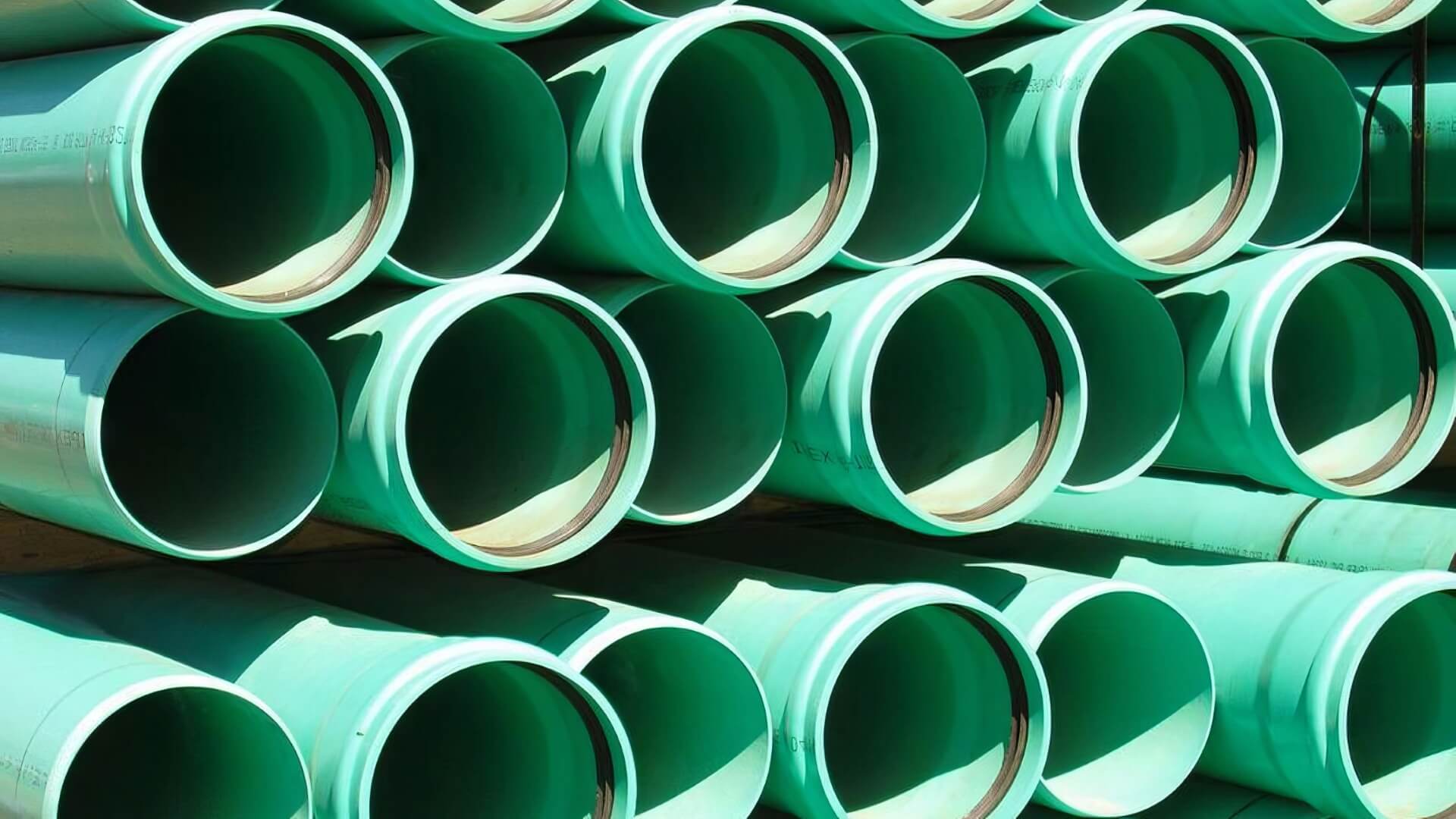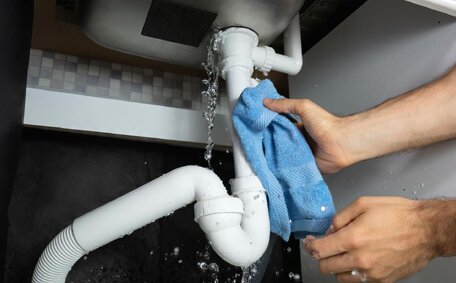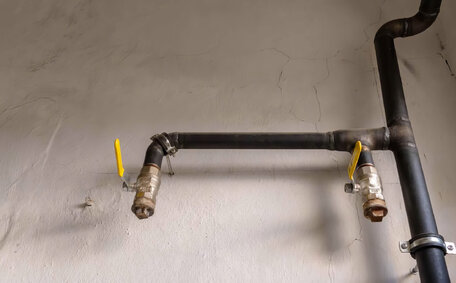Introduction to Water Heater Pilot Lights
Discover how to relight your water heater’s pilot light safely with Eastwood Plumbing’s guide.
A pilot light is a small flame within your gas water heater that ignites the burner to heat water. It may extinguish because of strong drafts, insufficient combustion air, or wear and tear.
Swiftly relighting your pilot light is crucial to restoring your hot water supply and avoiding the inconvenience of cold showers and disrupted routines.
With the right safety protocols and tools like a long lighter, you can often get your water heater running again without waiting for professional help.
In this article, we’ll walk through the necessary steps to safely restart your water heater pilot light. We’ll also discuss some of the common reasons it might have gone out in the first place. Our goal is to provide the information and reassurance you need to get your hot water flowing again.
Safety Precautions Before Attempting to Relight
When it comes to gas appliances, safety must always be the top priority. Before you begin, it’s important to observe these key safety precautions:
- Smell near the appliance for any gas odours. If you detect gas, do not relight the pilot or turn on any switches. Leave the area immediately and call the gas company or fire department.
- Open doors and windows to ensure proper ventilation, as gas fumes are hazardous in confined areas.
- Avoid using open flames or ignition sources near the water heater if there’s any suspicion of a gas leak.
- Turn the gas control valve to the full off position and wait at least 5 minutes for any residual gas near the unit to dissipate before relighting.
It’s also advisable to read your appliance’s instruction manual to understand the complete manufacturer recommendations. Follow all warnings and directions. If ever in doubt about how to relight your unit safely, call a professional for assistance.
With basic precautions taken, you can move forward confidently in the next steps we’ll cover to get your pilot going again.
Gathering Necessary Tools and Materials
To get started on relighting your water heater’s pilot, assemble the following tools and materials:
- Flashlight – In case the water heater area is dimly lit or dark
- Work gloves – For protection from hot surfaces
- Water heater manual – Review safety warnings and lighting instructions
- Long fireplace lighter or matches – If unit doesn’t have electronic igniter
- Screwdriver – May be needed to access pilot assembly
Confirm the absence of any gas odour around your water heater before collecting tools like lighters or matches. Once you have the appropriate equipment, you’re ready to proceed safely.
Understanding Your Water Heater’s Gas Control Valve
The gas control valve, sometimes referred to as the thermostat, is an essential safety component on natural gas water heaters. This valve controls the gas flow and allows for manual lighting of the pilot when necessary.
Prominently located on the outside of the tank, the valve has a dial or knob allowing users to adjust between the common settings of ‘pilot,’ ‘on,’ and ‘off.’ Setting the valve to ‘pilot’ activates the manual ignition process after the gas initially flows.
The burner then lights and heats the water once the pilot holds its flame and the valve is turned to ‘on.’
If your heater includes a piezo igniter, depress the button while the dial is set to 'pilot’ to produce a spark. Alternatively, for units without an electronic igniter, a long lighter can manually ignite the pilot after confirming gas flow.
While valve configurations differ slightly between manufacturers, the necessary interactions remain similar. Trust the specifics within your manual but know that the fundamentals transfer across modern residential heaters.
Step-By-Step Instructions for Relighting the Pilot
Follow these step-by-step instructions to safely relight your water heater’s pilot:
- Turn the gas control valve counterclockwise to the ‘off’ position.
- If your heater includes an access panel, remove it and find the pilot assembly.
- Allow a minimum of 5 minutes for potential gas remnants to clear.
- Turn the gas control valve to ‘pilot.’
- Push down the control knob and hold it.
- Push the igniter button repeatedly to create sparks until the pilot flame lights.
- Hold down the control knob for 30 to 60 seconds after ignition before releasing it.
- Check that the pilot indicator light remains steadily lit with a blue flame present.
- Turn the gas control valve to the ‘on’ position.
- Replace the access panel if removed earlier.
- If the pilot light doesn’t hold, repeat steps 1-9 after waiting 10 minutes.
- Seek professional assistance if the pilot light fails to stay lit after several attempts.
Refer to your water heater manual for specific instructions on relighting the pilot. By following proper guidance and safety precautions, you can often successfully relight your pilot.
Troubleshooting Issues Relighting the Pilot Light
Occasionally, you may encounter unexpected difficulties during the seemingly straightforward pilot relighting process. If you’ve gone through the proper steps but still struggle to get the flame ignited or holding steady, try these troubleshooting tips:
- Verify gas supply – Confirm the gas control valve is set to “on” and that any shut-off valves feeding the unit are fully open.
- Examine the thermocouple – this safety device generates a millivolt signal indicating the pilot is lit and should be replaced if it’s malfunctioning.
- Ensure firm button presses – It’s crucial to fully depress the igniter button to generate an adequate spark.
- Hold control knob fully – After pressing the igniter, the knob should be held in for a full 60 seconds to allow the thermocouple to heat up before releasing.
- Give time for gas to dissipate – Allow at least 10 minutes between attempts for any remaining gas to clear.
- Try a manual lighter – If the electronic igniter fails, use matches or a long fireplace lighter after ensuring no gas buildup or leaks.
Verify that our instructions correspond with the steps specified for your model. Consult the manual or data plate for correct procedures and, if necessary, contact our experts for advice or repair services.
Determining When Professional Assistance is Needed
Despite your best troubleshooting efforts, there may come a point when it’s best to call in a professional for water heater pilot light issues.
As a general rule, if you have attempted to relight the pilot three times or more without success, it could indicate a bigger underlying problem that requires expertise to properly diagnose and repair.
Signs that professional assistance is recommended include:
- Strong gas smell coming from water heater area, even with gas line shut off
- Visible damage like corrosion or cracks on thermocouple or gas valve
- The pilot light extinguishes quickly after releasing the control knob
- Electronic igniter fails to spark, or sparks don’t ignite gas
- Flames present around main burner when lighting pilot
Improperly relighting the pilot light may lead to risks like gas leaks and carbon monoxide hazards. Our licensed technicians are well-equipped to determine if your system requires repair or replacement.
Eastwood Plumbing has delivered reliable water heater services to the Sydney community for over three decades. If you have concerns about your pilot or need professional assistance, don’t hesitate to call our team. We also offer emergency after-hours call-outs for situations requiring urgent attention.
Contact Eastwood Plumbing for a thorough inspection by our expert gas heating specialists.






